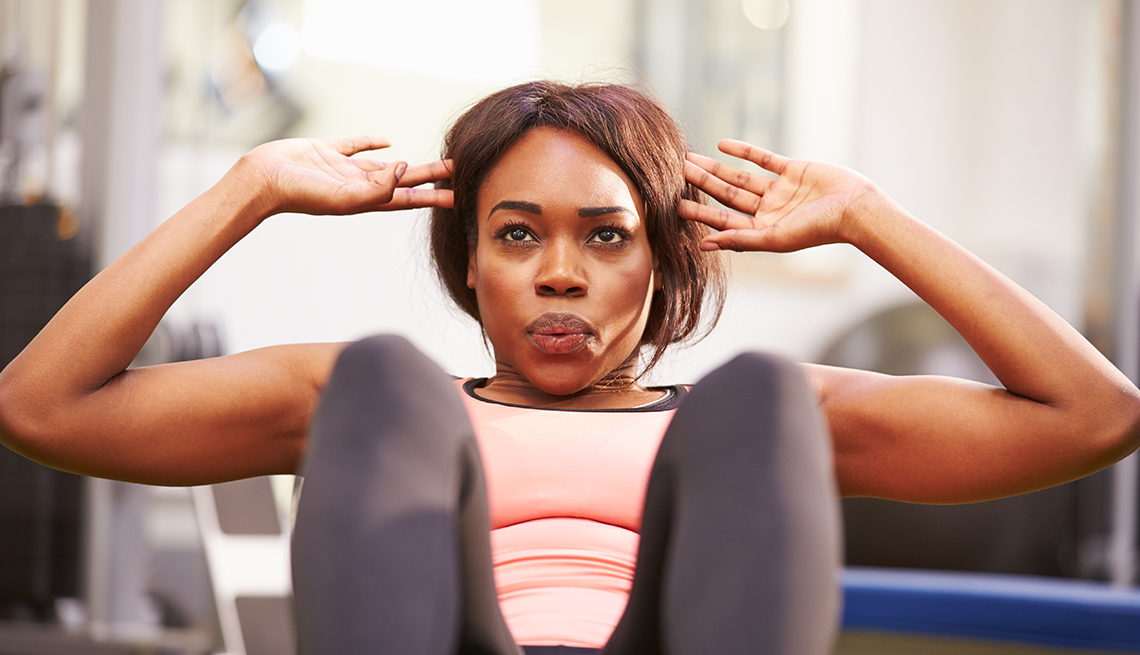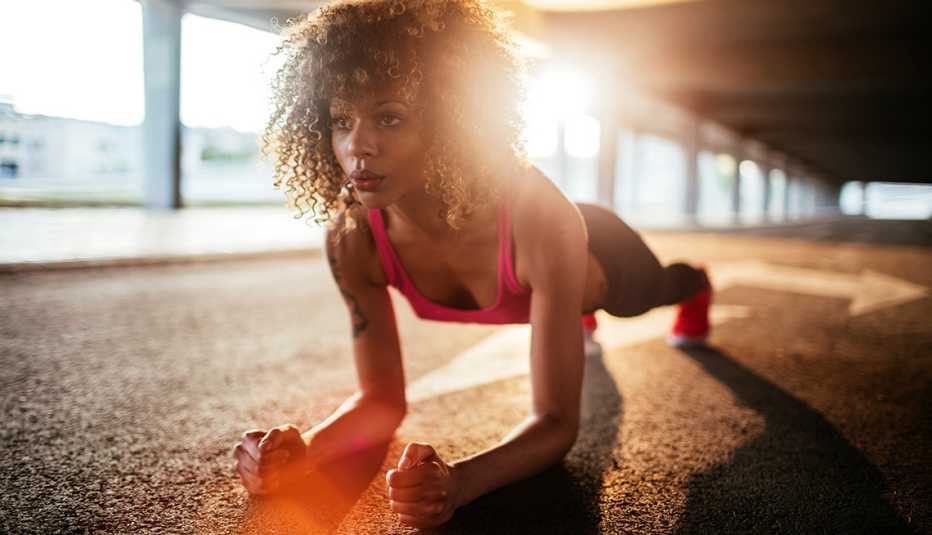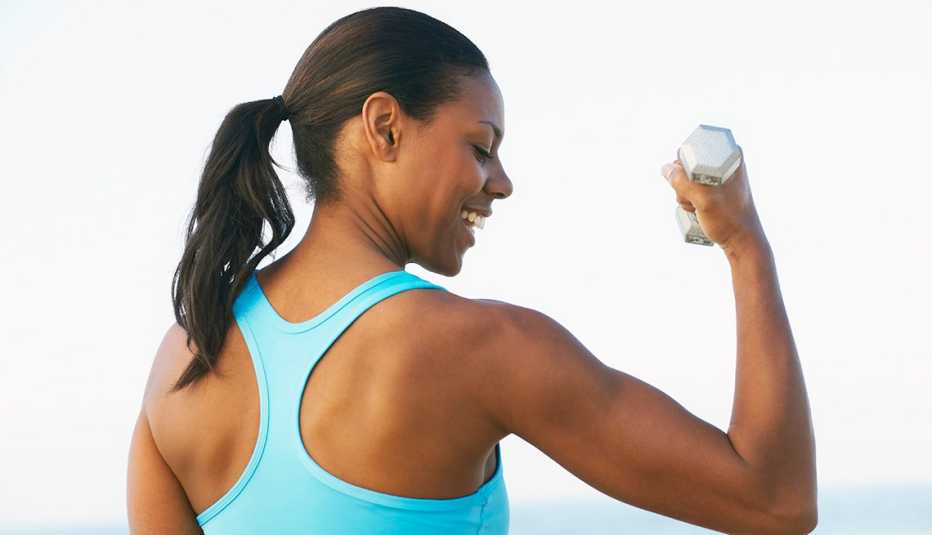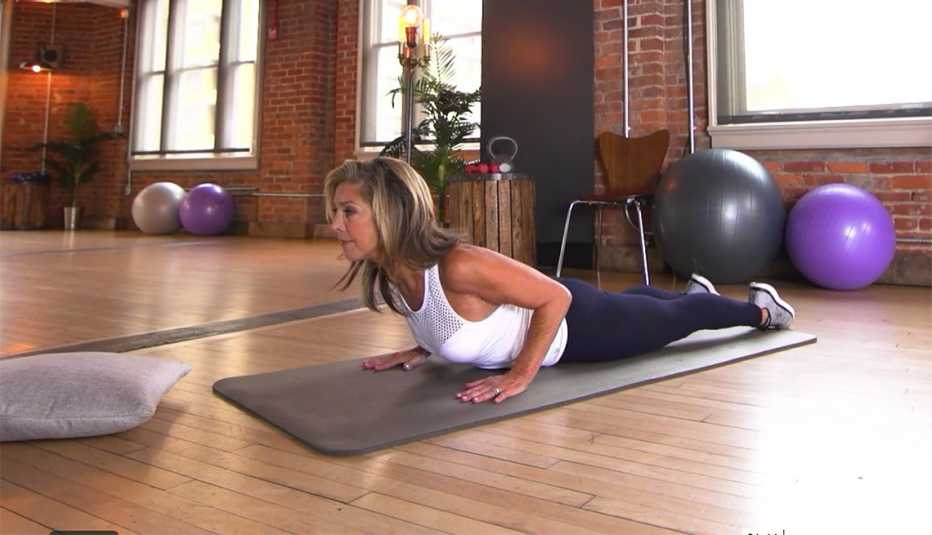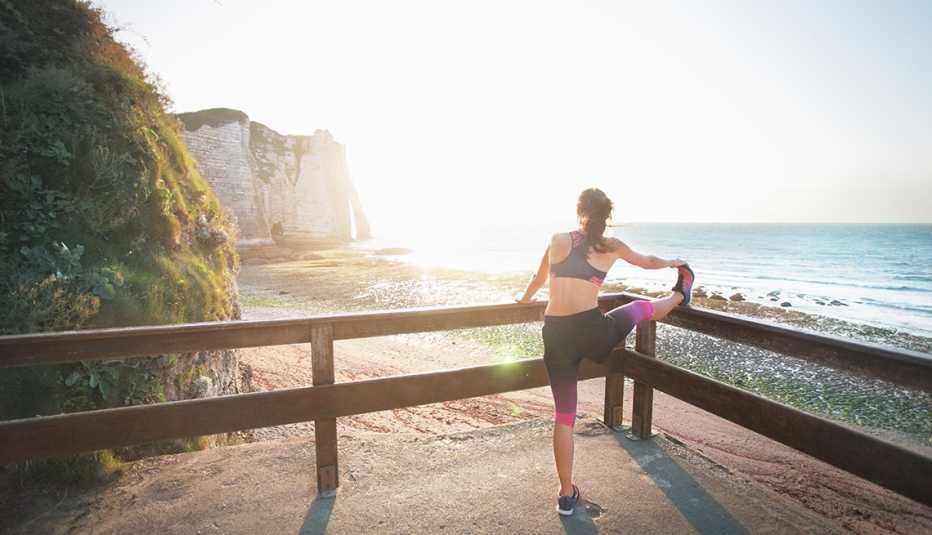AARP Hearing Center
"Breathe!" Personal trainers and their peers like to remind you of this, as if you don't know how. You've been inhaling and exhaling all your life. But during a workout, you might not be getting it right. Whether you're running, walking or doing squats, learn the best techniques to get the smoothest performance out of your activity.

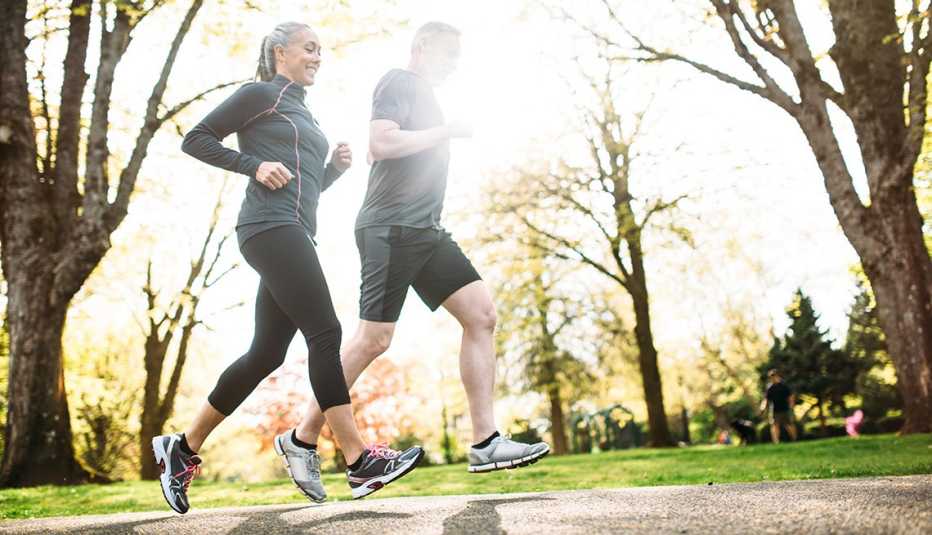
First: Why not breathing is bad
"We tend to hold our breath as a way to stabilize the torso and create pressure around the abs," says Galina Denzel, coauthor of Eat Well, Move Well, Live Well: 52 Ways to Feel Better in a Week. If the exercise gets intense, we hold our breath as a way to get extra strength out of the core, "so it then becomes a crutch." That's not good. We need regular oxygen to feed our muscles. This is why we breathe heavily and consistently while running and walking, she says. By cutting off the oxygen to our bodies, we risk hernias, muscle cramping and dizziness, which can lead to a fall.

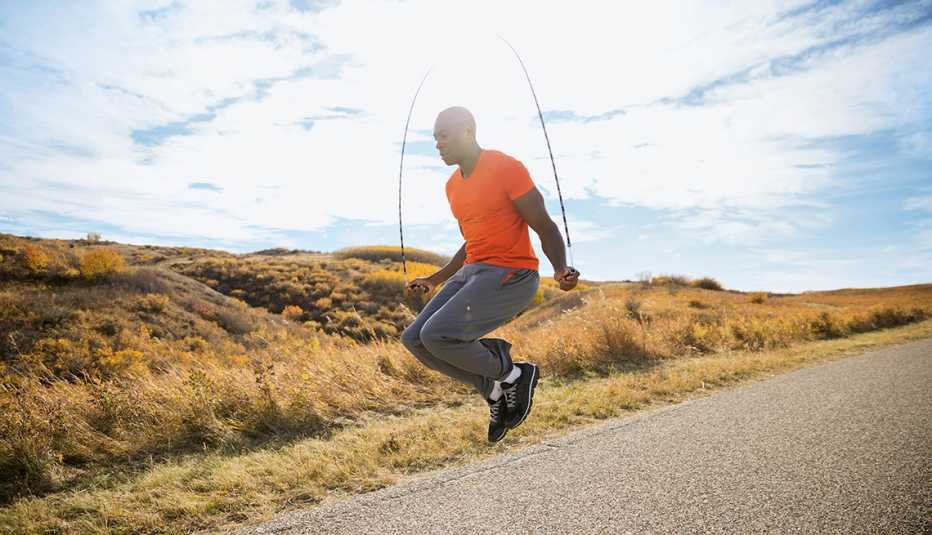
For a safe and effective workout, try these techniques.

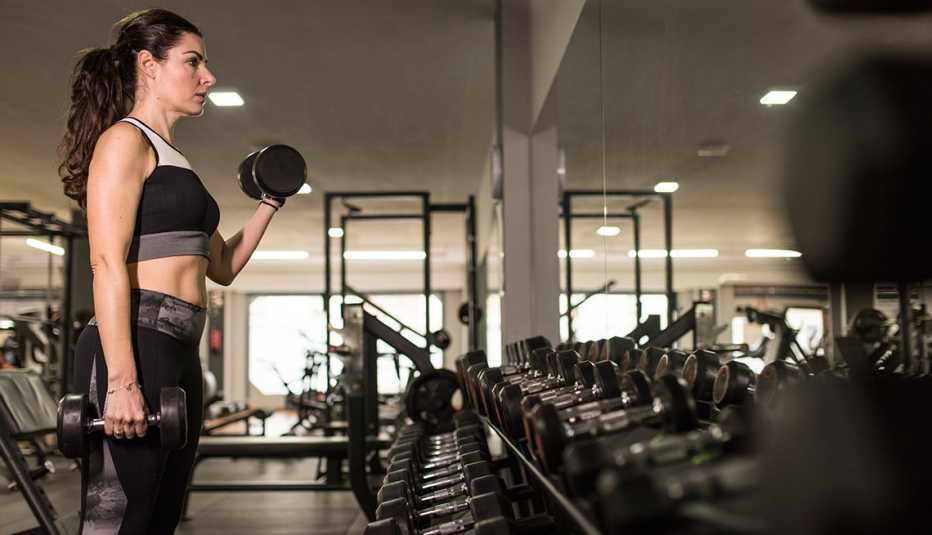
When you're running
Be a "belly breather," says Susan Shane, licensed acupuncturist and creator of Exaircise , which teaches people how to breathe deeply. Use the entire abdominal area for oxygen, not just the top of your chest. You'll have more energy to finish because air is fuel for the aerobic system that your body uses during cardiovascular exercise.
Some runners prefer a rhythmic pattern. Chiropractor Beverley Marr suggests breathing in once through the nose and exhaling twice through the mouth (in-out-out) while running. It may be awkward at first, but with practice, it will come to you naturally.
When you're planking
During core and abdominal exercises, it's common to stop breathing as you crunch your body in half or pull your belly in tight. But keep breathing to help stabilize your torso. Breathing "allows the muscles on the front — such as the rectus abdominis and obliques — to do their job easily and maintain this balancing position longer," explains Denzel. In other words, it makes your plank more effective.
The next time you're called to do a plank or any static core exercise, try this advice from yoga expert Ann Green:
As you exhale, draw the breath out as the rib cage contracts generously back to the midline — the deep core. Keep a four count "in" and a four count "out," and really pay attention to the tissues, especially along the midline, coming back to deep core with your exhale.
Also, focus on relaxing the pelvic floor as you inhale, Green says, which will strengthen it — a wonderful health benefit as you age.
When you're doing a HIIT workout
High-intensity interval training can leave you breathless — and quickly. Let's say you're doing 30 seconds of jumping jacks during a routine. You're probably taking big breaths in through your mouth to get more oxygen fast. But this actually decreases blood levels of carbon dioxide, inhibiting the body's ability to release oxygen into the cells.































































